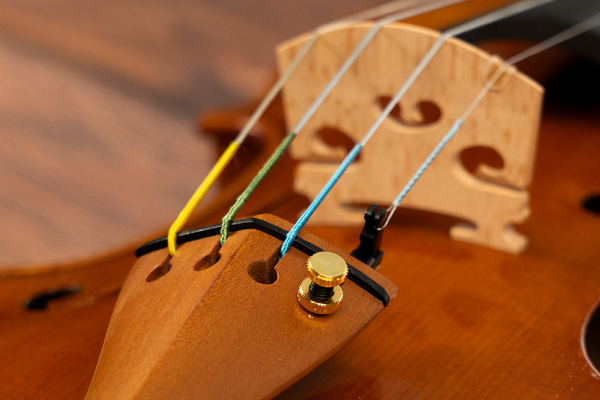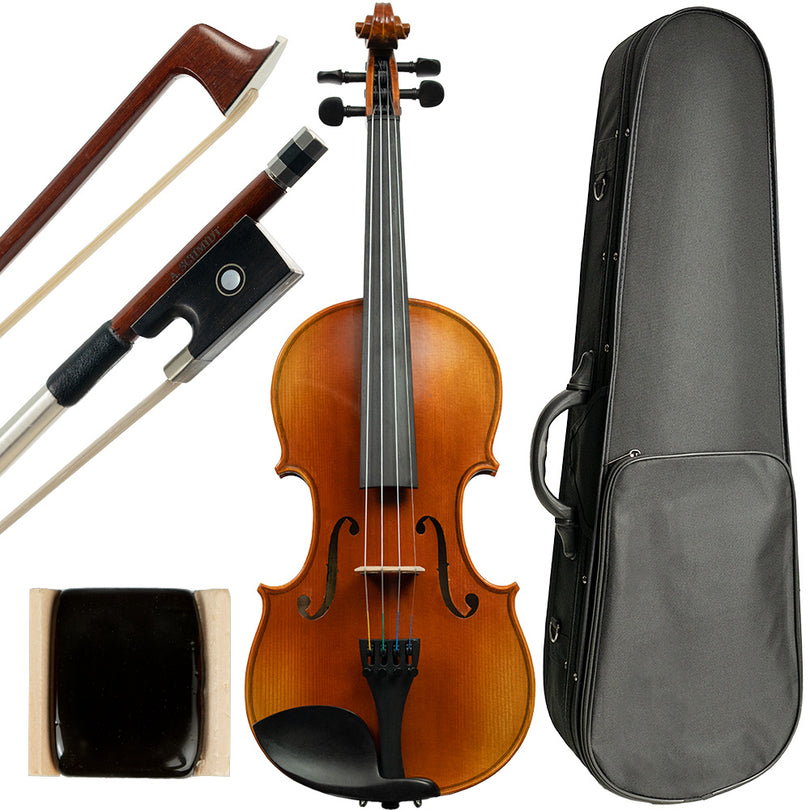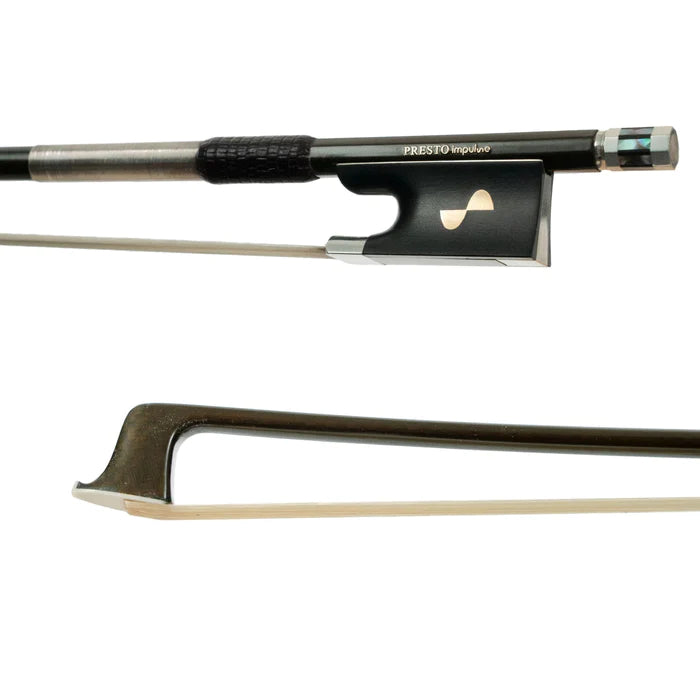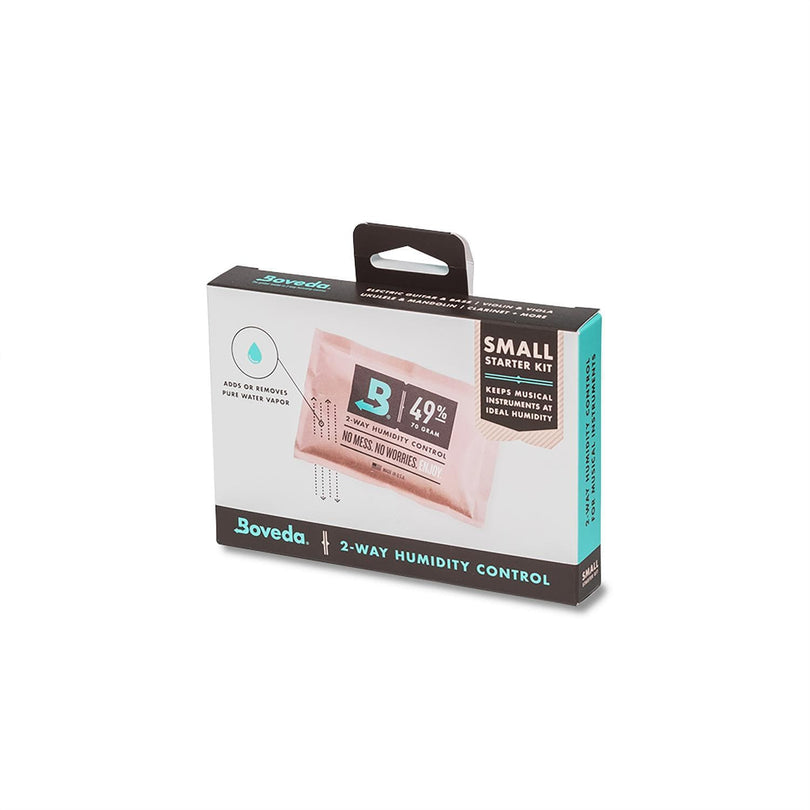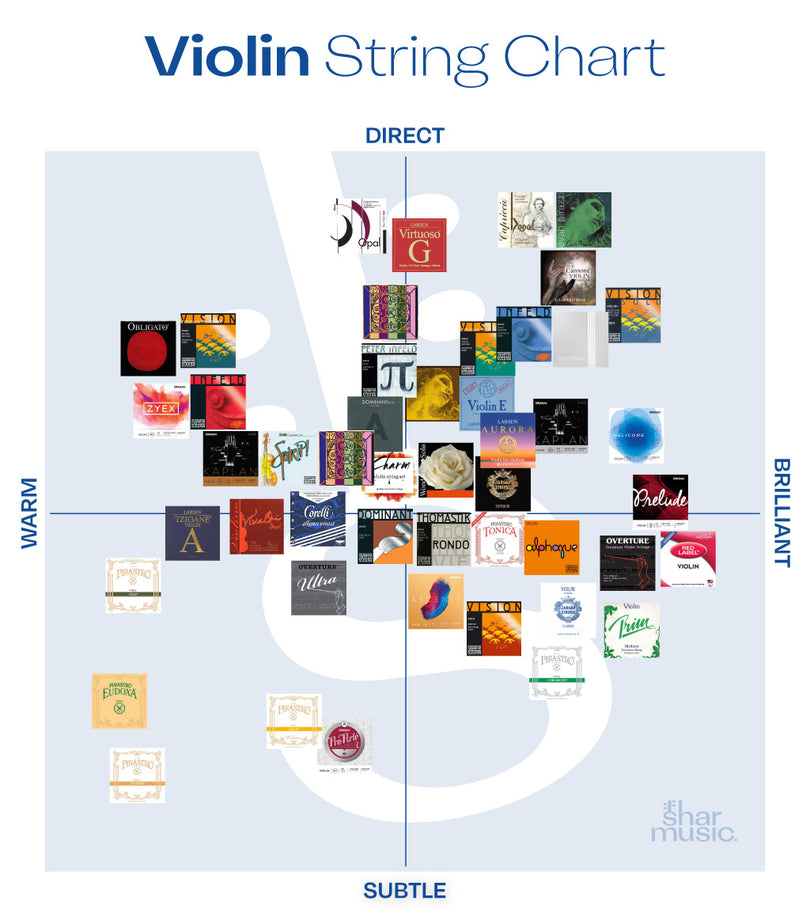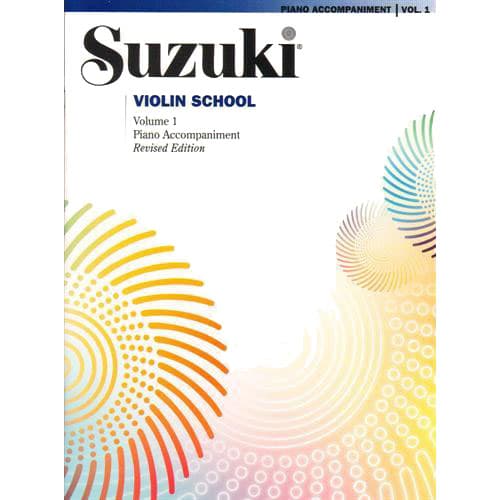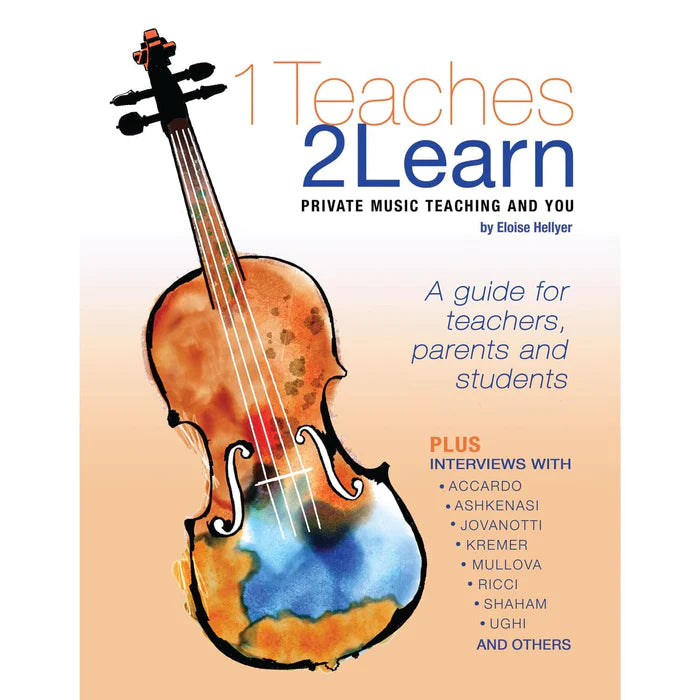When your child expresses an interest in playing a string instrument, the first step is exciting… and a little overwhelming. Whether you’re choosing a violin, viola, cello, or bass, getting the right size matters more than you might think. A properly sized instrument isn’t just more comfortable—it helps your child play more confidently and avoid injury.
At Shar Music, we believe every young musician deserves a joyful start. Here’s a practical guide to help you choose the perfect size instrument for your student.
Looking for a direct size chart for violins? Click Here
Why Instrument Sizing Matters
Imagine trying to write with a pencil that’s three feet long—it might technically work, but it would feel awkward and frustrating. That’s exactly what an incorrectly sized instrument feels like for a beginner.
A well-fitted instrument:
-
Supports proper posture and playing technique
-
Reduces physical strain, especially on the arms and shoulders
-
Builds confidence and encourages consistent practice
-
Improves sound quality and ease of tone production
For teachers and parents, taking a few minutes to ensure proper sizing can make a world of difference in your child’s musical journey.
How to Measure for Each Instrument
Let’s break it down by instrument:
Violin & Viola Sizing
Use a yardstick or measuring tape and have your child extend their left arm straight out (as if reaching to shake someone’s hand). Measure from the base of their neck to the center of their palm.
| Arm Length | Violin Size |
|---|---|
| Under 15” | 1/16 |
| 15”–16.5” | 1/10 |
| 16.5”–18” | 1/8 |
| 18”–20” | 1/4 |
| 20”–22” | 1/2 |
| 22”–23.5” | 3/4 |
| Over 23.5” | 4/4 (Full) |
🎻 Violas are sized by body length, not player arm length. Most younger students start on a 12”–14” viola. Teens and adults may play 15”–17”.
Cello Sizing
Cellos are sized based on the player’s height and arm length. Here’s a quick guide:
| Player Height | Cello Size |
|---|---|
| Under 4 ft | 1/10 or 1/8 |
| 4’–4’6” | 1/4 |
| 4’6”–5’ | 1/2 |
| 5’–5’4” | 3/4 |
| 5’4” and taller | 4/4 (Full) |
A correctly sized cello should allow the child to sit with their knees on either side of the lower bouts and their left hand comfortably on the fingerboard with a relaxed elbow.
Double Bass Sizing
Basses are a bit trickier—most student basses are 1/4, 1/2, or 3/4 size. The 3/4 size is the most commonly used even by professionals.
General sizing tips:
-
The nut (top of the fingerboard) should be about eye-level when standing.
-
The player should reach first position comfortably without stretching.
When to Size Up (or Down)
Children grow quickly! Teachers typically recommend checking instrument fit every 6–12 months.
Signs your child has outgrown their instrument:
-
Their left elbow is crunched when in playing position
-
It’s hard to reach higher positions
-
They complain of discomfort or wrist pain
🎒 Pro tip: Don’t size up too soon! Playing an instrument that’s slightly too large can lead to tension and bad technique.
Outfit vs. Instrument Only
When shopping with Shar Music, you’ll notice we offer both instrument-only and outfit options. Here’s what that means:
-
Instrument Only: No bow, case, or accessories
-
Outfit: Includes case, bow, rosin (and sometimes a shoulder rest or cleaning cloth)
-
Deluxe Outfit: Upgraded bow and/or case
For young beginners, we recommend a violin outfit to ensure all the essentials are included.
Final Thoughts: Partnering with Your Teacher
The best way to guarantee a perfect fit? Consult your child’s music teacher. They can physically check your child’s posture and make sure the instrument is well-suited. Many music programs even have trial instruments to test sizing in person.
And if you're still unsure? Shar Music’s customer care team is here to help. We’ll walk you through the process and ensure you get the right fit the first time.
Ready to Shop?
Check out our Franz Hoffmann beginner instruments—designed with quality, comfort, and affordability in mind.
Quick Takeaways
-
Proper sizing prevents strain and supports technique
-
Measure carefully using arm or height guides
-
Outfit options include essential accessories
-
Check fit regularly as your child grows
-
Consult a teacher or Shar Music expert when in doubt
Want to stay updated on tips for music parents and teachers? Sign up for the Shar Music Newsletter and join our growing music community.


